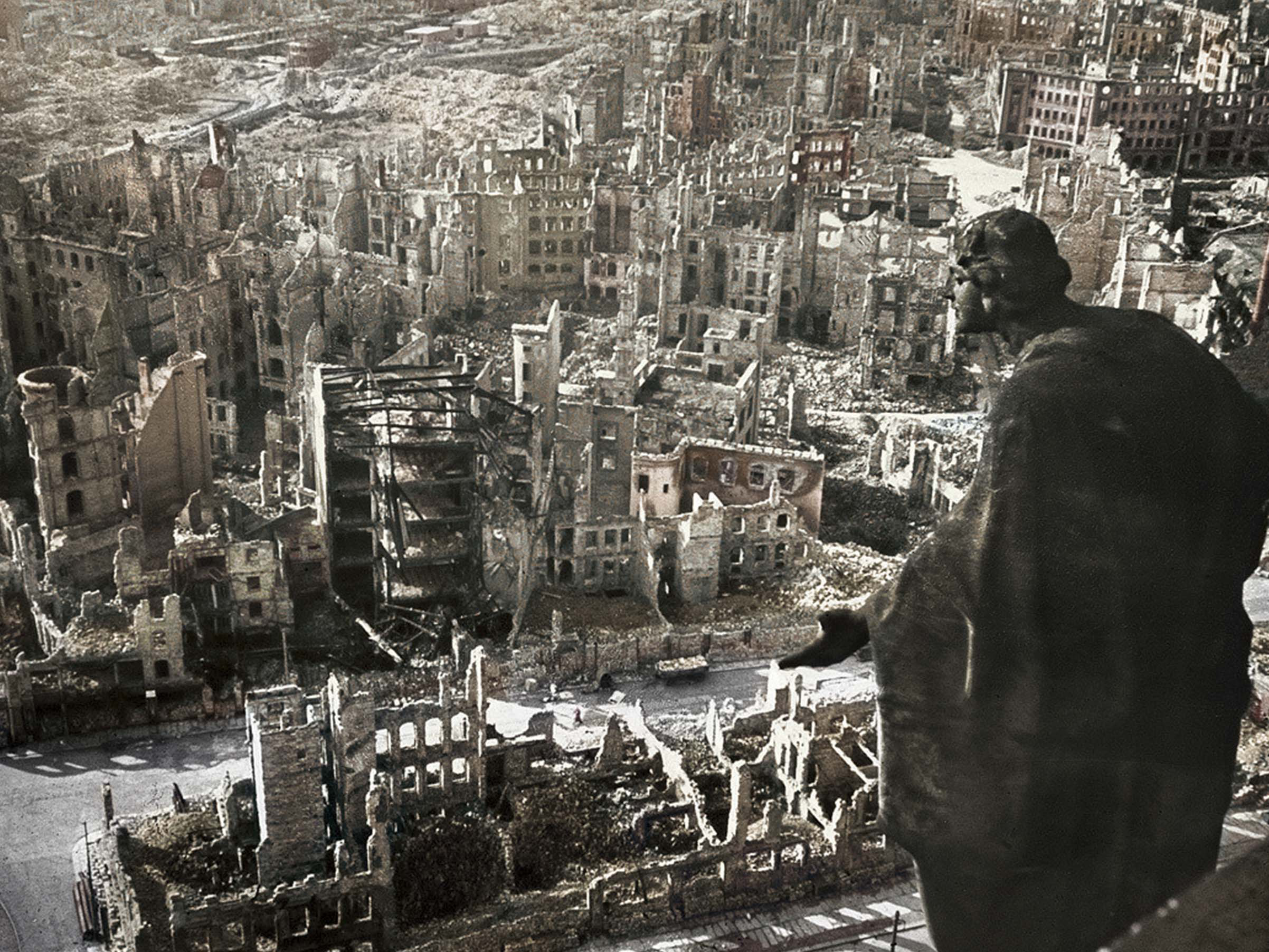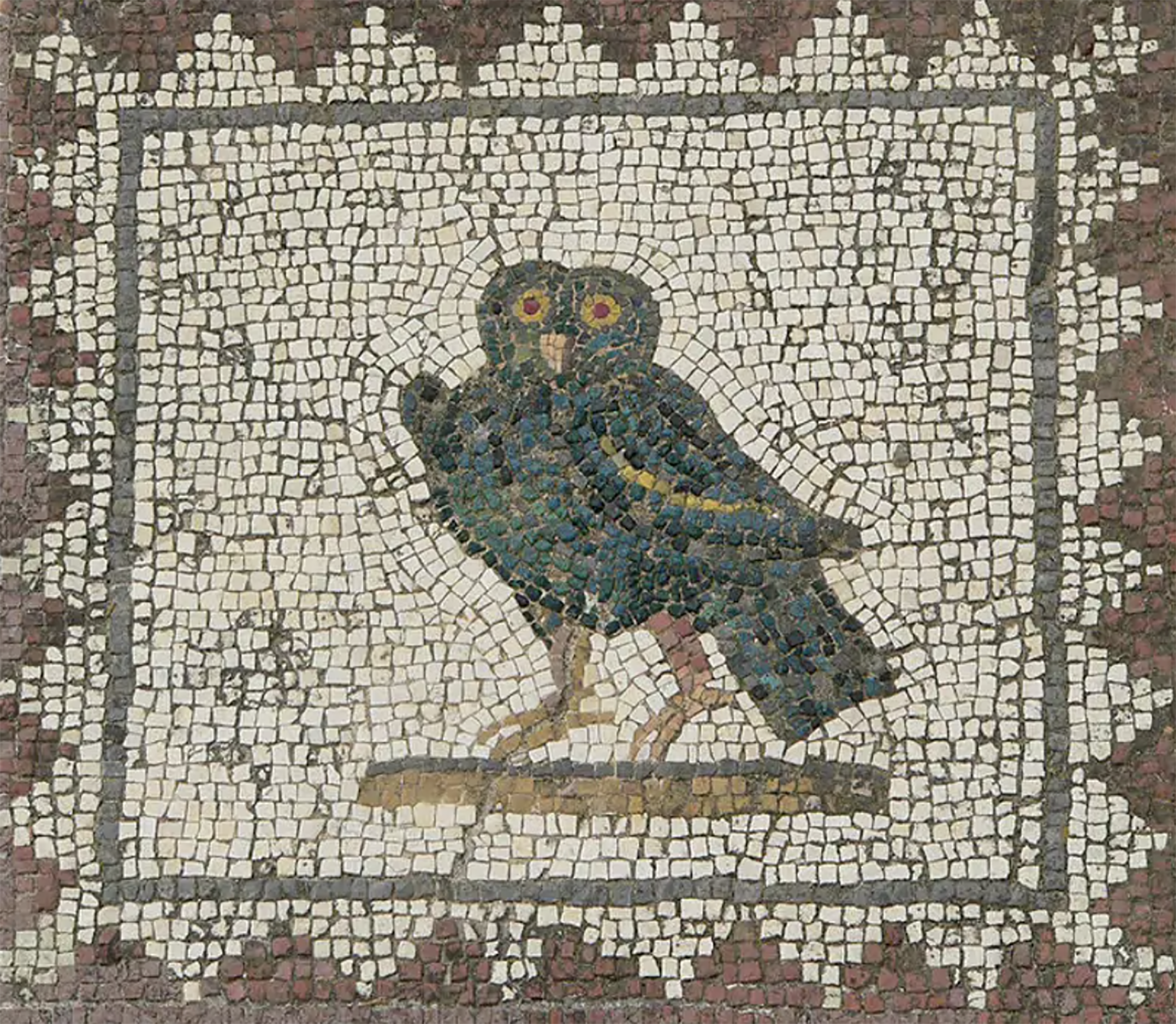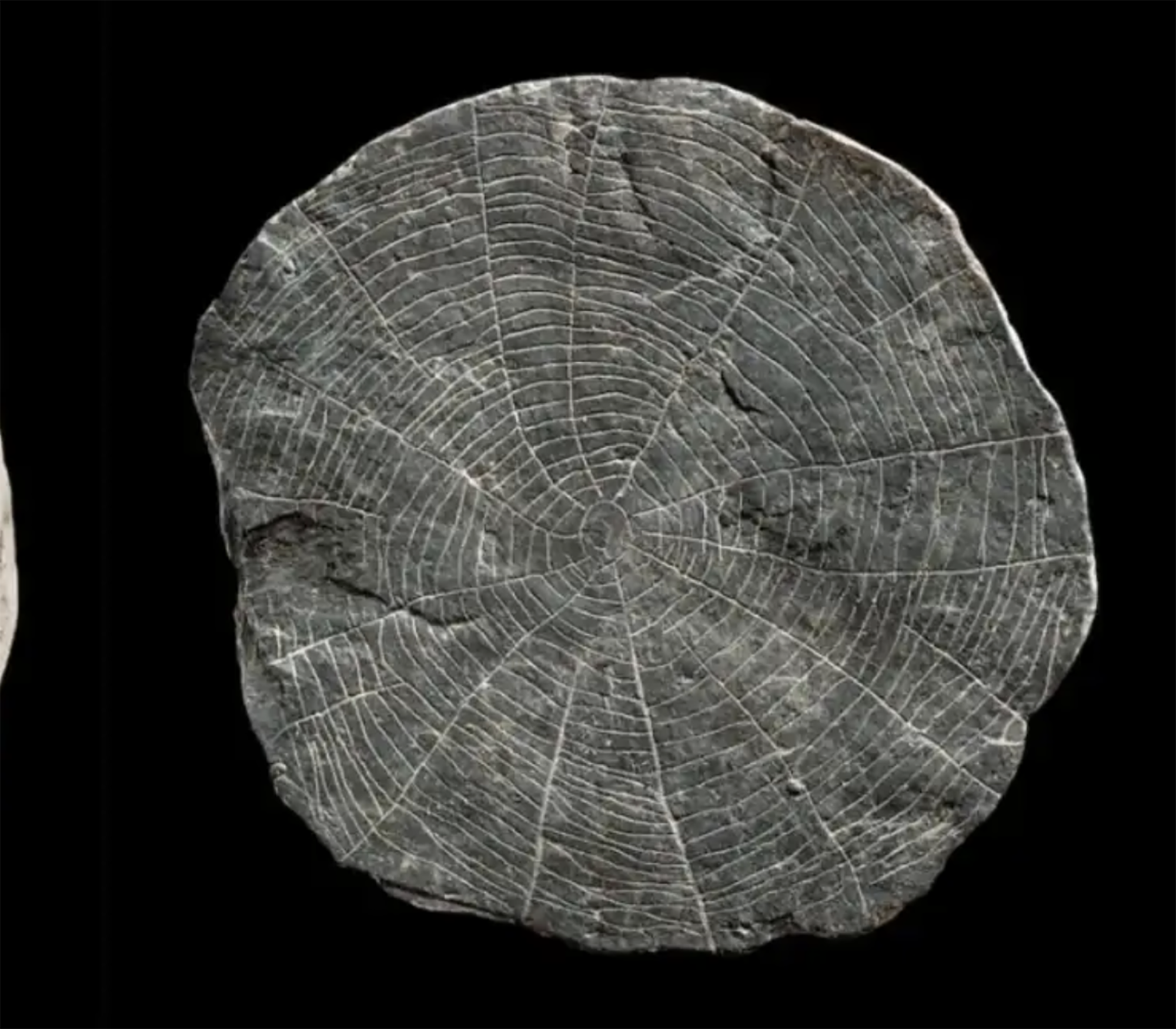No peace for hibakush

Japan, 6 and 9 August 1945, the United States launched an atomic bomb causing tens of thousands of deaths in Hiroshima and Nagasaki; although there are no precise figures, the most cautious estimates indicate that at least 210,000 people died at the end of that year. But in addition to the dead, there were also many who managed to survive. Today there are about 140,000 left and in Japanese they are called hibakusha, literally “the person affected by the atomic bomb.” They've decided to award them the Nobel Peace Prize 2024.
Those who received a direct impact from the bombs suffered burns and wounds that were permanently marked on the body and face. Radiation caused many of those who initially appeared to be injured to suffer serious symptoms as well. Cancer cases began to reproduce later… And to the physical consequences we have to add psychological influence: some escaped from the two cities and would not return in their entire lives; others cannot walk around rivers or in bridges by the memory of bodies floating in the water; and there are also some who do not consume food because they are reminded of the smell of burned bodies.
Today there are about 140,000 left and in Japanese they are called hibakusha, literally “the person affected by the atomic bomb.” Nobel Peace Prize 2024 will be awarded to the winners
In addition to the traumas and fears, many felt guilty that they had survived and that they had not covered those who asked for help. Keiko Ogura was then an eight-year-old girl. “After the explosion, two very serious people came to me to ask me for water. I gave them water and they both died in front of me. I thought I killed them for a long time.”
As if that were not enough, they were also rejected by society. Yasiari Yamashita was six years old. “People thought we had a contagious disease. They thought they had to rule out us, they couldn’t marry us or be our friends.” As soon as work began, he began to suffer the effects of radiation and, due to the importance of work in Japanese culture, “I was told that I was weak, lazy, that I did not want to work.” For women, the situation was even more complicated, since at that time their main objective was to marry. According to Keiko Ogura: “We couldn’t say we were in the city that day. If we were talking about radiation, we couldn't get married." They had survivor certificates that allowed them access to health care and government aid. But “they told us not to teach us the certificate.”
A few hibakushas started to organize themselves and, over time, they were going to be prominent activists against nuclear weapons. But fear, guilt and marginalization condemned the majority to remain silent for almost 80 years.
Luxorren, Erregeen Haranetik gertu, hilobi garrantzitsu baten sarrera eta pasabide nagusia aurkitu zituzten 2022an. Orain, alabastrozko objektu batean Tutmosis II.aren kartutxoa topatu dute (irudian). Horrek esan nahi du hilobi hori XVIII. dinastiako faraoiarena... [+]
AEB, 1900eko azaroaren 6a. William McKinley (1843-1901) bigarrenez aukeratu zuten AEBetako presidente. Berriki, Donald Trump ere bigarrenez presidente aukeratu ondoren, McKinleyrekiko miresmen garbia agertu du.
Horregatik, AEBetako mendirik altuenari ofizialki berriro... [+]
Urruña, 1750eko martxoaren 1a. Herriko hainbat emakumek kaleak hartu zituzten Frantziako Gobernuak ezarritako tabakoaren gaineko zergaren aurka protesta egiteko. Gobernuak matxinada itzaltzeko armada bidaltzea erabaki zuen, zehazki, Arloneko destakamentu bat. Militarrek... [+]
In the Maszycka cave in Poland, remains of 18,000 years ago were found at the end of the 19th century. But recently, human bones have been studied using new technologies and found clear signs of cannibalism.
This is not the first time that a study has reached this conclusion,... [+]
Porzheim, Germany, February 23, 1945. About eight o’clock in the evening, Allied planes began bombing the city with incendiary bombs. The attack caused a terrible massacre in a short time. But what happened in Pforzheim was overshadowed by the Allied bombing of Dresden a few... [+]
Poloniar ikerlari talde batek Sevillako Italica aztarnategiko Txorien Etxea aztertu du, eta eraikinaren zoruko mosaikoak erromatar garaiko hegazti-bilduma xeheena dela ondorioztatu du.
Txorien etxean 33 hegazti daude mosaikoetan xehetasun handiz irudikatuta. Beste... [+]
Judea, 2nd century AD. In the turbulent atmosphere of the Roman province, a trial was held against Gaddaliah and Saul, accused of fraud and tax evasion. The trial was reported on a 133-line paper in Greek (pictured). Thinking that it was a Nabataean document, the papyrus was... [+]
Vietnam, February 7, 1965. The U.S. Air Force first used napalma against the civilian population. It was not the first time that gelatinous gasoline was used. It began to be launched with bombs during World War II and, in Vietnam itself, it was used during the Indochina War in... [+]
Archaeologists have discovered more than 600 engraved stones at the Vasagård site in Denmark. According to the results of the data, dating back to 4,900 years ago, it is also known that a violent eruption of a volcano occurred in Alaska at that time. The effects of this... [+]
Japan, 8th century. In the middle of the Nara Era they began to use the term furoshiki, but until the Edo Era (XVII-XIX. the 20th century) did not spread. Furoshiki is the art of collecting objects in ovens, but its etymology makes its origin clear: furo means bath and shiki... [+]
In an Egyptian mummy of 3,300 years ago, traces of Yersinia pestis, the bacterium that caused the Justinian plague in the 6th century and the Black Plague in the 14th century, have just been found.
Experts until now believed that at that time the plague had spread only in... [+]
Greenland, the end of the 10th century. The first Scandinavian explorers and settlers arrived on the island. But by the 15th century these settlements had been abandoned and the original Inuit remained. But in 1721, the missionary Hans Egede organized an expedition and the... [+]
In 2017, Indonesia and the Netherlands signed an agreement to return the heritage stolen by the European country because of colonialism for three centuries. The Indonesian responsible for the return process, Gusti Agung Wesaka Puja, explained that this agreement "was important in... [+]
Greece 1975. The country began the year as a republic, three weeks earlier, in the referendum on 8 December 1974, after the citizens decided on the end of the monarchy.
A decade earlier, in 1964, when King Paul I died, his son Constantine took the throne at the age of 23.
But... [+]
Copenhagen, 18 December 1974 At 12 noon a ferry arrived at the port, from where a group of about 100 Santa Claus landed. They brought a gigantic geese with them. The idea was to make a kind of “Trojan Goose” and, upon reaching the city, to pull the white beard costumes... [+]

























